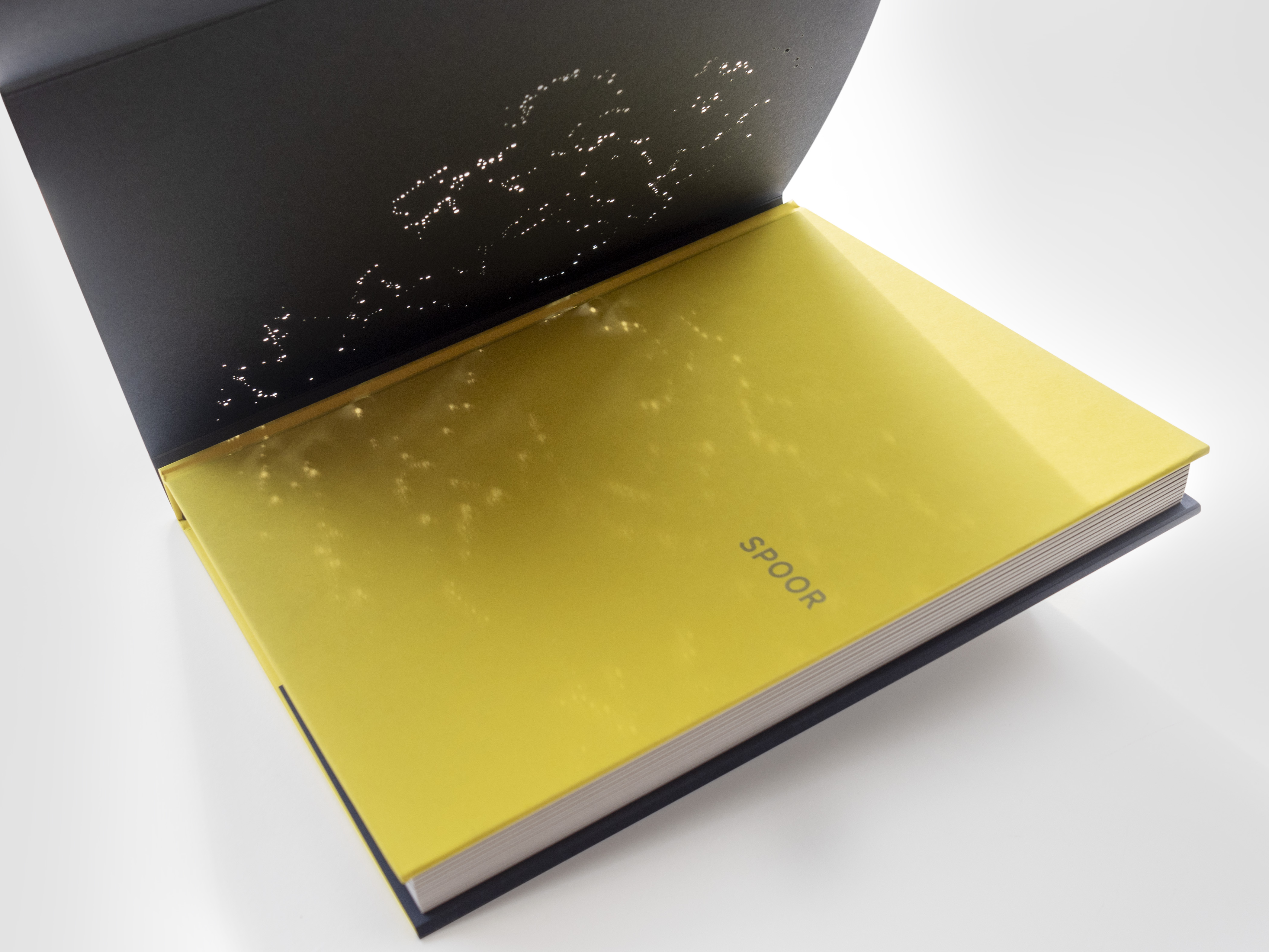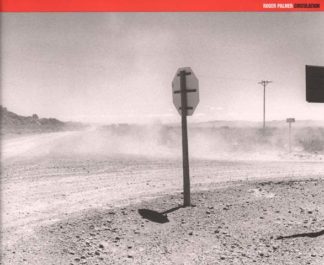Exemplaire Signé.
SPOOR comprend des groupes de photographies en couleur réalisées par Roger Palmer tout en suivant les itinéraires ferroviaires entre les villes et les colonies d’Afrique du Sud. Les photos ont été accumulées entre 2014 et 2018 alors que Roger Palmer a conduit le long de la plupart des routes mineures à travers les neuf provinces du pays.
Une « SPOOR » est la trace ou l’odeur d’un animal ou d’une personne. En Afrikaans, elle fait également référence aux voies ferrées (réseau ferroviaire sud-africain, autrefois appelé Spoornet). Le titre du livre suggère des actes de suivi et d’ombrage déterminés par ces chemins de fer pour la plupart défunts, dont beaucoup sont maintenant utilisés comme sentiers entre le canton et la ville.
Au cours du projet, Roger Palmer s’est arrêté dans environ 550 endroits pour faire des photos. De ces 83 images sont présentées en dix séries. Chaque série est présentée par une double page de toponymes des stations disposées en fonction de leur emplacement sur une carte nationale par ailleurs absente. Isolés dans l’obscurité, ces configurations apparemment aléatoires de lieux constituent la sélection de Roger Palmer de séries d’images, dont les sites peuvent être proches les uns des autres ou séparés par de grandes distances.
Certains des toponymes sont ceux de centres régionaux, dont plusieurs ont été renommés après l’apartheid. D’autres ne font référence qu’à la signalisation ferroviaire délabrée qui préserve leur fragilité en tant que lieu. SPOOR se termine par une « carte » montrant la distribution de tous les emplacements photographiques qui ont contribué au projet ;
SPOOR comprises groups of colour photographs made by Roger Palmer while following rail routes between towns and settlements of South Africa. The photographs were accumulated between 2014 and 2018 as Palmer drove along mostly minor roads through the country’s nine provinces.
A ‘spoor’ is the track or scent of an animal or person. In Afrikaans it also refers to rail tracks (South Africa’s rail network, used to be called Spoornet). The title of the book suggests acts of following and shadowing determined by these mostly defunct rail routes, many of which are now used as footpaths between township and town.
Over the course of the project Palmer stopped at around 550 places to make pictures. From these 83 images are presented in ten series. Each series is introduced by a double page of station place-names arranged according to their locations on an otherwise absent national map. Isolated in darkness, these seemingly random configurations of places constitute Palmer’s selection of picture series, the sites of which may be close to each other or separated by vast distances.
Some of the place-names are those of regional centres including several that have been re-named in the post-apartheid era. Others refer only to the faded railway signage that preserves their fragile status as places. SPOOR concludes with a ‘map’ showing the distribution of all photographic locations that contributed to the project.
SPOOR is a continuation of Palmer’s work, focusing primarily on photography and other media to address concepts of place and placelessness, location and dislocation, migration and settlement.
Roger Palmer was born in Portsmouth, studied Fine Art at Portsmouth and Chelsea Schools of Art and has worked as an artist and teacher since the 1970s. His work has been the subject of numerous international solo and group exhibitions, including most recently ‘Uncommon Ground: Land Art in Britain, 1966-1979? (2013) a touring exhibition organised by the Arts Council. In 1987, he was awarded the Bill Brandt Prize for ‘Precious Metals’, the first of several projects made in South Africa. His books include Precious Metals (1986), International Waters (2000), Overseas (2004), Circulation (2012), Jetty (2014) and Phosphorescence (2014). Palmer is presently Emeritus Professor at the University of Leeds where he was Chai






